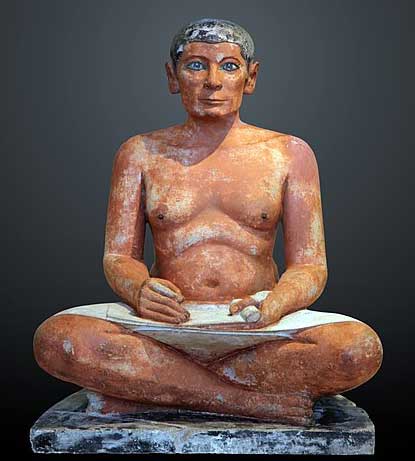John Heywood's 'The Spider and the Flie', begun in the 1530s, put aside for twenty years and finally published in 1556 is one of the most extraordinary combinations of illustration and text produced in the Tudor, or indeed any, era. 1/5 


https://twitter.com/dbellingradt/status/1418182122150498308



The allegorical verse fable, written in over 7,000 lines in rhyme royal, recounts (as well as depicting) the struggles of a fly caught in the web of a spider. Heywood's work is a complex parable of the political and religious disputes between Catholics and Protestants. 2/5 

The most extraordinary of the plates are those double-page plates, printed from one or two blocks, that depict the massed armies and the war that ensues. The anthropomorphic personifications in the verse: the spider, fly, ant and butterfly, symbolize different protaganists. 3/5 

Heywood's book seems to reflect overall his sympathetic Humanist philosophy, and his opposition to, and regret for, the sectarian divisions of Tudor religious politics. 4/5 

This copy - originally from Pierre Bergé's collection - is bound in rather spectacular 19th century morocco by De Samblancx & Weckesser. 5/5 



• • •
Missing some Tweet in this thread? You can try to
force a refresh


















